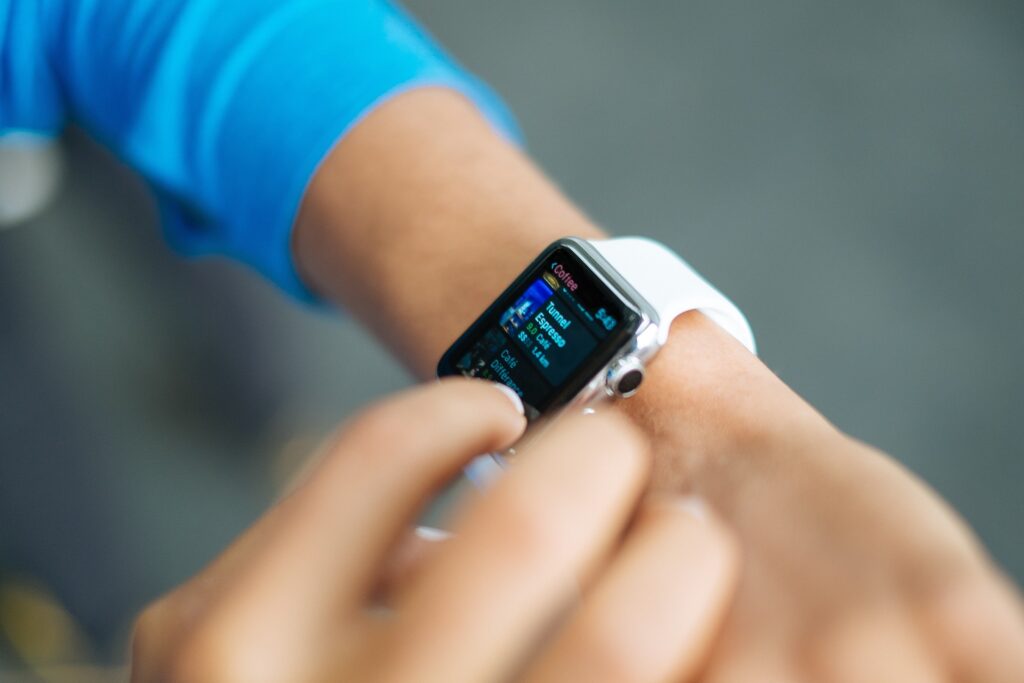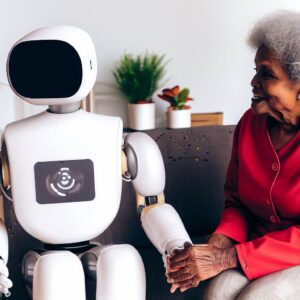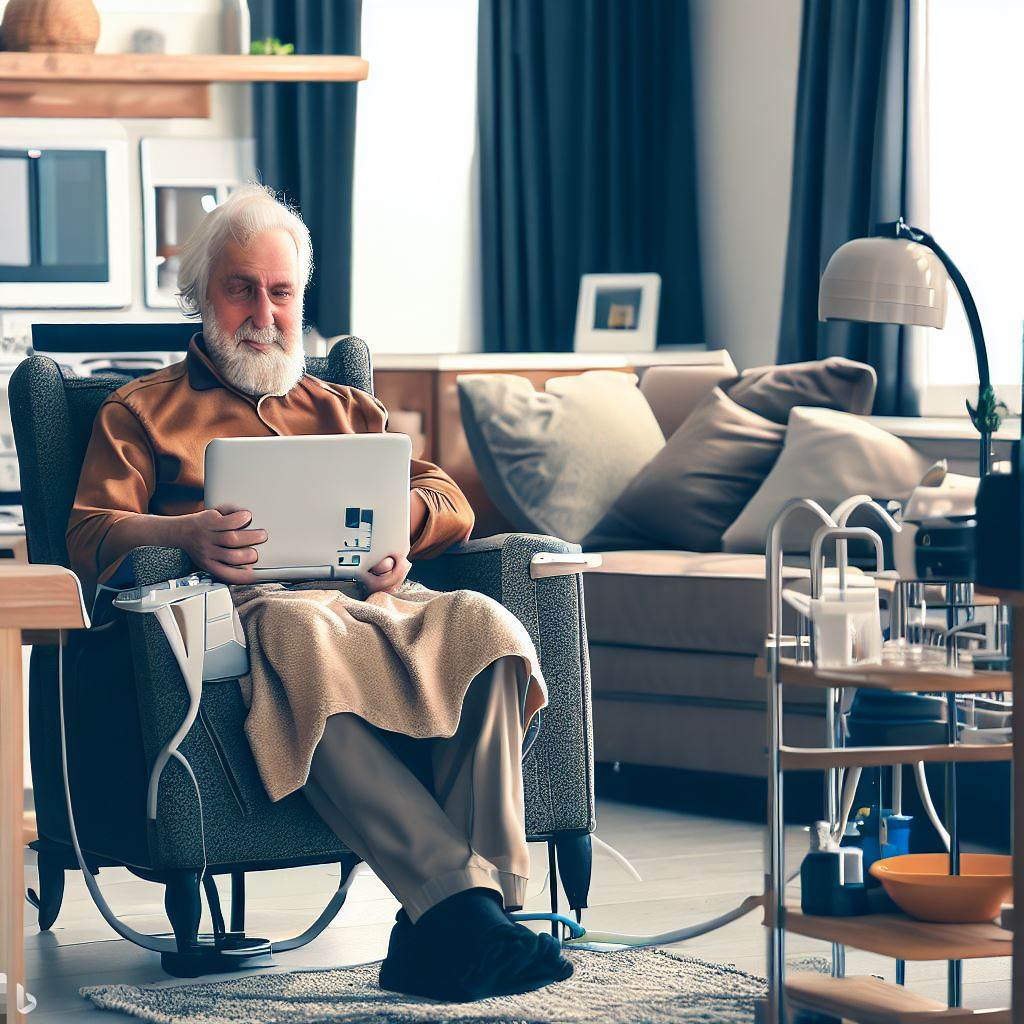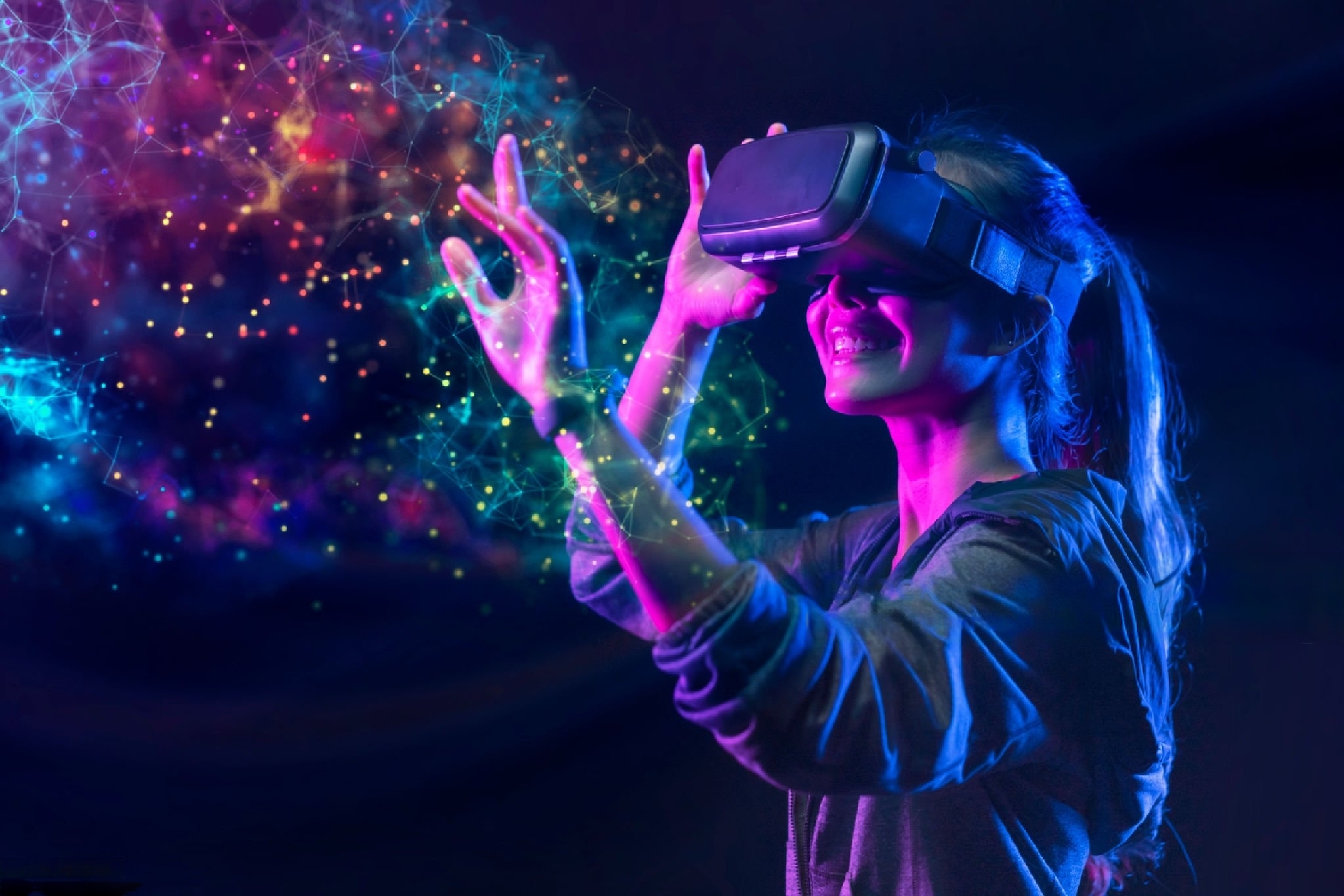Introduction:
In the rapidly evolving landscape of our fleetingly geriatric world, the “age tech revolution” is playing a vital part in enhancing the quality of life for older people. Age-tech inventions encompass a wide range of results, from smart homes and wearable health bias to the preface of social robots and the integration of artificial intelligence (AI) in senior care and healthcare. In this composition, we’ll explore how these technological advancements are transubstantiating the geriatric experience, furnishing fellowship, enhancing health monitoring, and perfecting the overall well-being of our geriatric population.
One of the most commonly used definitions is that of Age Tech expert Keren Etkin in her book, ‘The AgeTech Revolution’:
Age Tech is digital tech that’s built around the needs and wants of older adults while including them in the design process
Emphasizing the significance of technology in the context of ageing and senior care.
Challenges Faced by an Aging Population
In today’s world, the global population is rapidly ageing. As longevity increases and birth rates decline, the proportion of older people individuals in society is steadily growing. While this demographic shift is a testament to advancements in healthcare and living conditions, it also presents significant challenges. Older people often encounter hurdles related to mobility, memory, health management, social isolation, and overall well-being. These challenges can diminish the quality of their lives and create concerns for families and caregivers.
In response to these evolving needs, the age-tech revolution has emerged as a transformative force. Age-tech, short for ‘ageing technology,’ encompasses a spectrum of innovative solutions aimed at enhancing the lives of older people. From smart homes and wearable health devices to the integration of artificial intelligence (AI) and social robots in senior care, age-tech innovations are reshaping the ageing experience. In this article, we will explore how these technological advancements are addressing the unique challenges faced by the ageing population, empowering older people to live more independently, and improving their overall quality of life.
Recommended Reading: Building the Future: 3D Printing in Construction
1. Smart Homes: Enabling Independence with the Age-Tech Revolution
As older people age, they frequently face challenges related to mobility, memory, and safety. Consequently, smart homes are equipped with a variety of biases and systems designed to address these challenges and allow older people to maintain their independence.
Key Points:
- Home robotization systems that control lighting, heating, and security.
- Voice-actuated sidekicks like Amazon’s Alexa for hands-free control.
- Fall discovery and exigency response systems for rapid-fire backing.
- Remote monitoring of vital signs and exertion situations.
2. Wearable Health bias Personalized Health Tracking
Wearable health biases have become a necessary tool for older people and their caregivers. Moreover, in this regard, these biases provide real-time health data, allowing for visionary health operations and early intervention.

Key Points:
- Smartwatches and fitness trackers for covering heart rate, sleep patterns, and physical exertion.
- Drug monuments and lozenge dispensers to ensure drug adherence.
- GPS shadowing bias for older people with madness or Alzheimer’s complaints.
- Integration with mobile apps and telehealth platforms for remote consultations.
3. Social Robot Companionship and Assistance: The Age-Tech Revolution Enhancing Senior Well-being
Social isolation can be a significant challenge for older people; consequently, leading to loneliness and depression. Therefore, social robots have surfaced as companions that can engage, assist, and provide emotional support to older people.

Key Points:
- Robots like Paro, Pepper, and ElliQ are designed to interact with older people.
- Furnishing discussion, entertainment, and monuments for diurnal tasks.
- Monitoring well-being and waking caregivers in case of extremities.
- The eventuality reduces the passion of loneliness and enhances cognitive stimulation.
4. The Age-Tech Revolution: AI in Older People Care for Personalized Assistance
Artificial intelligence is revolutionizing senior care by enabling substantiated backing and healthcare results that are acclimatized to each existent’s requirements. Furthermore, this technology is transforming the way we approach older people’s care.
Key Points:
- AI-driven virtual caregivers are able to cover health and furnish timely monuments.
- Prophetic analytics for relating health pitfalls and implicit cascade.
- Robotics with AI help with diurnal conditioning like dressing, cooking, and mobility.
- Virtual reality (VR) and augmented reality (AR) for cognitive remedy and memory support.
5. Healthcare for an Aging Population Telehealth and Remote Monitoring
The integration of AI and telehealth technologies is making healthcare more accessible and convenient for older people. As a result, it reduces the need for frequent in-person visits and enhances healthcare delivery.

Key Points:
- Telehealth consultations for remote opinion and drug operation.
- Wearable health bias linked to healthcare providers for nonstop monitoring.
- AI-driven chatbots and virtual nurseries for answering health-related queries.
- Data analytics for prognosticating and precluding health heads.
Conclusion
The age-tech revolution is at the heart of reshaping the way we approach older people care and ageing in place. Furthermore, smart homes, wearable health bias, social robots, and AI-driven results powered by the age-tech revolution are empowering older people to live more singly and with bettered well-being. As a result, as technology continues to advance, we can anticipate more customized and effective results for the geriatric population, allowing them to enjoy their golden times to the fullest.
Recommended Reading: Remote Work Technology: The 5 Pros and 5 Cons






